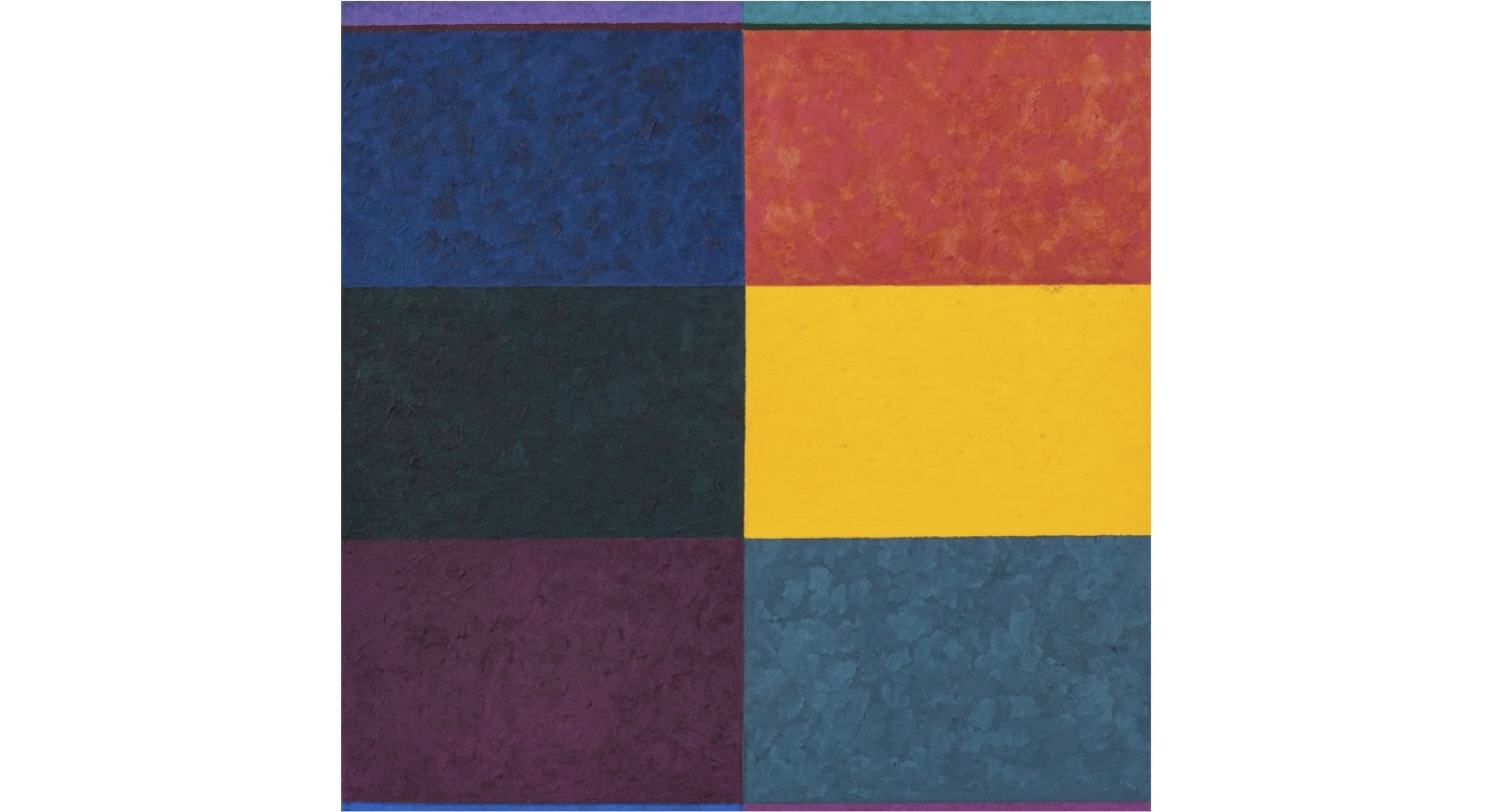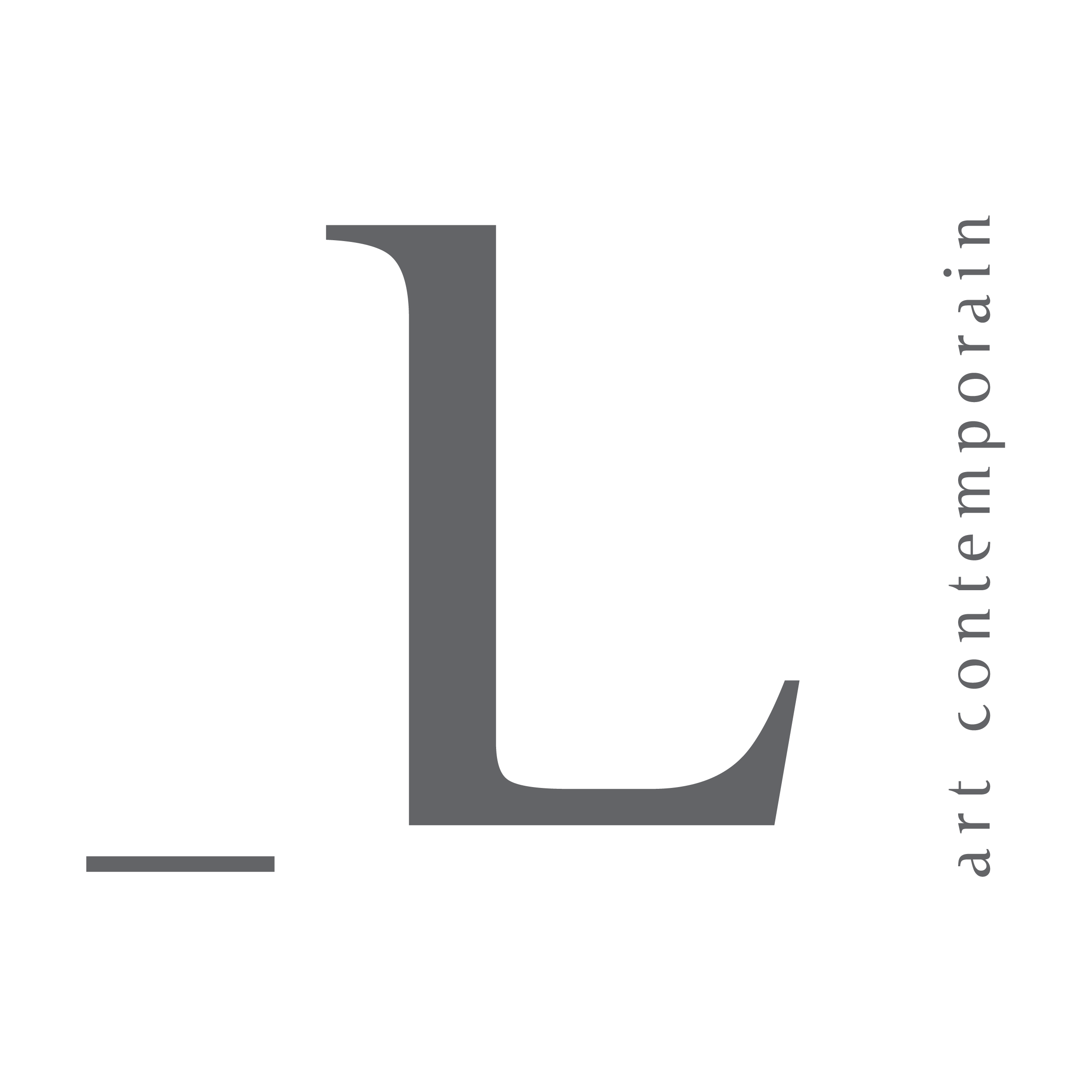Antonio Bokel, Gonçalo Ivo, Alice Quaresma and Heberth Sobral

Vernissage September 12, 2024 at 6PM
Exhibition Until October 26, 2024

Download PDF
for more information
Concrete art, championed by figures such as Max Bill in Europe, marked a revolution in abstraction, focusing on pure geometric forms, independent of any external reference. Based on mathematical rigor and a search for objectivity, this movement found deep resonance in Brazil, influencing several generations of artists.
In the vibrant context of Rio de Janeiro, a group of artists began to feel the limitations of concrete art, which they found too rigid and lacking in personal expression. Lygia Clark, a central figure in the Brazilian neo-concrete movement (1959-1961), alongside her colleagues Amilcar de Castro, Ferreira Gullar, Hélio Oiticica, and Lygia Pape, played a decisive role in this evolution.
Neo-concrete artists called for more experimentation, expression, color, and poetic sensibility in their practice, while proposing a radical change in the way the public could interact with a work of art. This movement is characterized by a more open and interactive approach, making the viewer’s experience an essential component of the work itself.
The exhibition Sacred Geometry – Vol. I presents works by Antonio Bokel, Gonçalo Ivo, Alice Quaresma and Heberth Sobral. Heirs to the Brazilian neo-concrete spirit, these artists explore the complex relationship between the rigorous order of geometric forms and the subjective and sensory dimensions of human experience.
Antonio Bokel manipulates geometric rigour to reveal the tension between order and chaos, while Gonçalo Ivo revisits abstraction through creative cycles nourished by his international travels and introspective reflections. Alice Quaresma questions the boundaries between reality and abstraction by transforming personal memories into profound visual compositions, and Heberth Sobral transcends geometry by incorporating everyday objects to provoke reflection on memory and culture. Together, their works offer a contemporary vision rooted in the neo-concrete tradition while paving the way for new interactions between form, experience and poetic sensibility.
